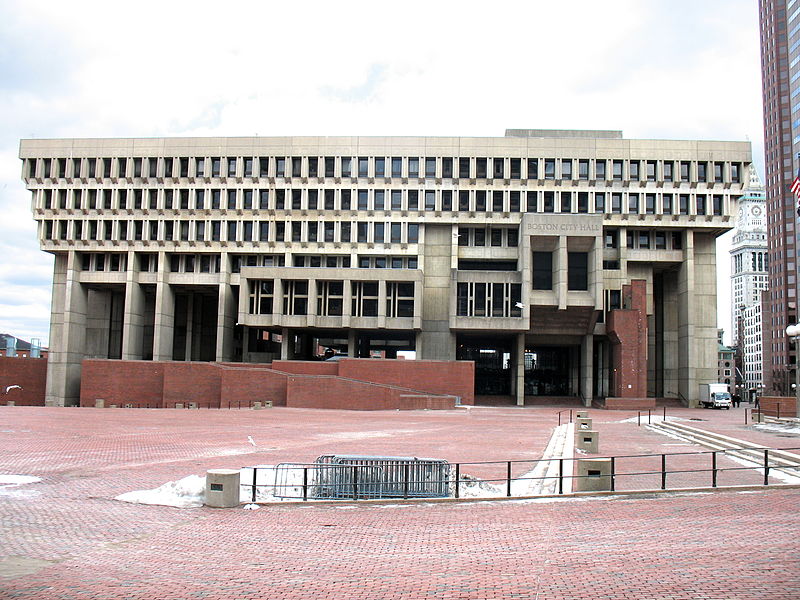City Hall a hot topic
City Council hearing rekindles debate over moving Boston?s governing offices
The advantages of City Hall?s accessibility to public transportation compared to the drawbacks of its age and inefficiency were at the center of the debate yesterday on whether to move the governing offices from Government Center to the South Boston Waterfront.
Roughly 100 people attended the hearing in the City Council chambers, where a host of residents testified against the plan while union leaders praised it. Though nearly everyone agreed the building would need efficiency and ?greening? retrofits should City Hall remain there.
The issue has been a hot topic since December 2006, when Mayor Thomas Menino unveiled his renewed vision to move offices to the booming Waterfront district, citing the location?s prime real estate value. Menino originally considered the idea as far back as 1998.
Councilor Michael Flaherty, who hosted the hearing and has been a vocal opponent of the plan, didn?t wait long to harp on the accessibility issue, remarking to officials from the city and the Boston Redevelopment Authority at the hearing?s outset, ?I hope your trip was a convenient one. I?d like to keep it that way.?
However, John Palmieri, the Boston Redevelopment Authority?s director, described the Waterfront as one of the city?s prime ?growth districts,? and that efforts now are simply to study the feasibility of the Drydock 4 site.
Meanwhile, Kairos Shen, the city?s chief planner, explained moving City Hall to South Boston is critical to the mayor?s three-pronged plan that also includes revitalizing Dudley Square and re-envisioning City Hall Plaza.
Among the concerns of residents who testified against the idea included the limited amount of MBTA access to the Waterfront ? via the Silver Line ? compared with Government Center, and thus the added car traffic it could bring to the Waterfront district. Others argued for putting a new building on City Hall Plaza.
Union officials, meanwhile, touted the benefits of creating a state-of-the-art facility in a booming neighborhood, the jobs it would create and the cost advantages of building a new facility with top ?green? standards rather than retrofitting the current building. Michael Monahan, of the electrical workers? union, added he believed tearing down the building could cost very little or nothing in exchange for giving the demolition company access to the valuable steel and copper leftover to recycle.

